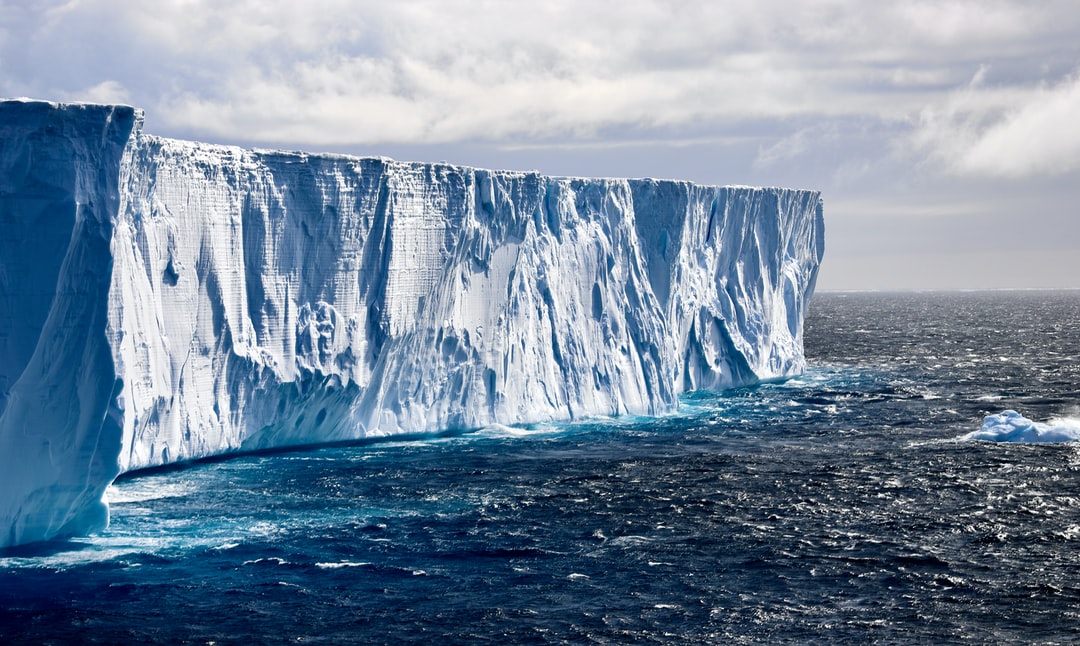Category: Landscape
Mars

Mars is the fourth planet that orbits the Sun. It is the most distant of the innermost tiny planets. The surface is rocky and dusty; rust (iron oxide) particles in the dust contribute to the surface’s reddish hue.
Prior to a few billion years ago, Mars may have had rivers, lakes, and potentially a vast ocean. The majority of the planet’s atmosphere has been lost through time, and there is no liquid water on the planet’s surface.
This red planet is named after the Roman god of war. It has been a sign in the night sky for centuries. In its own way, the rusty red surface of the planet conveys a tale of catastrophe. Prior to billions of years ago, the fourth planet from the sun could have been mistaken for a smaller version of Earth with liquid water and possibly life.
Now, the globe is a frigid, desolate desert with scant indications of liquid water. However, after decades of research utilizing orbiters, landers, and rovers, scientists have shown this planet to be a dynamic, windswept planet that may still host microbes beneath its rusty surface.

When is the Ideal time to observe Mars?
At its brightest, Mars is the fourth-brightest object in our sky: a flaming red glare that has evoked terror and awe in humans throughout history. This planet is dull and hardly imperceptible at its worst. Its fluctuating distance from Earth causes variations in its brightness.
Mars is closest to the Earth during opposition, when the Earth is between Mars and the Sun. During solar conjunction, when Mars is on the opposite side of the Sun from Earth, the planet might be more than seven times further distant. Approximately every 780 days, this planet oppositions occur (about 2 years and 50 days).
How Long Is a Year and a Day?
24 hours, 39 minutes, and 35 seconds is the average duration of a day. When the first spacecraft started operating on this planet in the 1970s, planetary scientists began using the term “sol” to refer to a solar day on Mars.
Approximately 687 Earth days, or 669 sols, comprise a Martian tropical year.
How many satellites orbit Mars?
Two moons orbit Mars as natural satellites. They are small, oddly shaped pebbles, perhaps captured asteroids in orbit around the Earth. In August of 1877, both were discovered.
Phobos, the bigger moon, is located near this planet . It swiftly orbits the Earth approximately three times every day. It takes approximately 1.2 sols for Deimos, the smaller moon, to orbit Mars.
Phobos approaches Mars by around 1.8 millimeters annually. Eventually, millions of years from now, it will collide with Mars, or it may fragment and form a debris ring around the planet.
The structure of the atmosphere (by volume)
NASA reports that Mars’ atmosphere consists of 95.32 percent carbon dioxide, 2.77 percent nitrogen, 1.66 percent argon, 0.13 percent oxygen, 0.08 percent carbon monoxide, and trace amounts of water, nitrogen oxide, neon, hydrogen- deuterium-oxygen, krypton, and xenon.
Field of magnetic force
Prior to approximately 4 billion years ago, this planet lost its global magnetic field, resulting in the stripping of much of its atmosphere by the solar wind. However, there are parts of the planet’s crust that are at least 10 times more highly magnetized than anything detected on Earth, indicating that these regions are remnants of a once-extensive global magnetic field.
Internal structure
Since November 2018, when it landed near the planet’s equator. NASA’s InSight lander has been studying the Martian innards. InSight records and describes marsquakes. And the mission team is studying wobbles in Mars’ tilt over time by carefully tracking the lander’s position on the planet’s surface.
These findings have provided vital insights into the interior structure of this planet . Members of the InSight team have determined the width of the planet’s core. It ranges from 1,110 to 1,300 miles (1,780 to 2,040 km). The measurements of InSight also show that Mars’ crust is between 14 and 45 miles (24 and 72 km) thick on average. With the mantle comprising the remaining (non-atmospheric) volume of the planet.
Comparatively, the Earth’s core is around 4,400 miles (7,100 km) wide, which is larger than Mars. And its mantle is approximately 1,800 miles (2,900 km) thick. Continental and oceanic crusts have average thicknesses of around 25 miles (40 km) and 5 miles (8 km), respectively.
Chemical composition
Mars most likely has an iron, nickel, and sulfur solid core. Mars’ mantle is likely constituted mostly of peridotite. Which is primarily composed of silicon, oxygen, iron, and magnesium, similar to Earth’s. Some crustal rocks, particularly in the northern hemisphere, maybe andesite, a volcanic rock with higher silica than basalt.

Mars Climate
Mars is considerably colder than Earth, primarily due to its greater distance from the sun. The average temperature is approximately minus 80 degrees Fahrenheit (minus 60 degrees Celsius), although it can range from minus 195 degrees Fahrenheit (minus 125 degrees Celsius) at the poles during the winter to as high as 70 degrees Fahrenheit (20 degrees Celsius) at midday near the equator.
Mars’ carbon dioxide-rich atmosphere is also approximately 100 times less dense than Earth’s, yet it is still thick enough to support weather, clouds, and winds. Winter causes carbon dioxide to freeze out of the Martian atmosphere, causing seasonal variations in atmospheric density. In the distant past, the atmosphere was likely substantially denser and capable of supporting surface water flow. Over time, lighter molecules in the Martian atmosphere fled under the pressure of the solar wind, which impacted the atmosphere due to the absence of a worldwide magnetic field on Mars.
The Mars Reconnaissance Orbiter discovered the first conclusive evidence of carbon-dioxide snow clouds, making Mars the only known celestial body with such peculiar winter weather. The Red Planet also causes clouds to precipitate water-ice snow.
More Facts about Mars
Mars has the greatest dust storms in the solar system. That is capable of blanketing the entire planet for months at a time. One reason dust storms on Mars can grow so large is that the flying dust particles absorb sunlight, warming the Martian atmosphere in their vicinity. Warm air pockets then move toward colder places, producing winds. Strong winds raise more dust from the ground, which heats the atmosphere, which in turn raises more wind and stirs up more dust.
These dust storms can pose grave dangers to robots on the surface of Mars.









